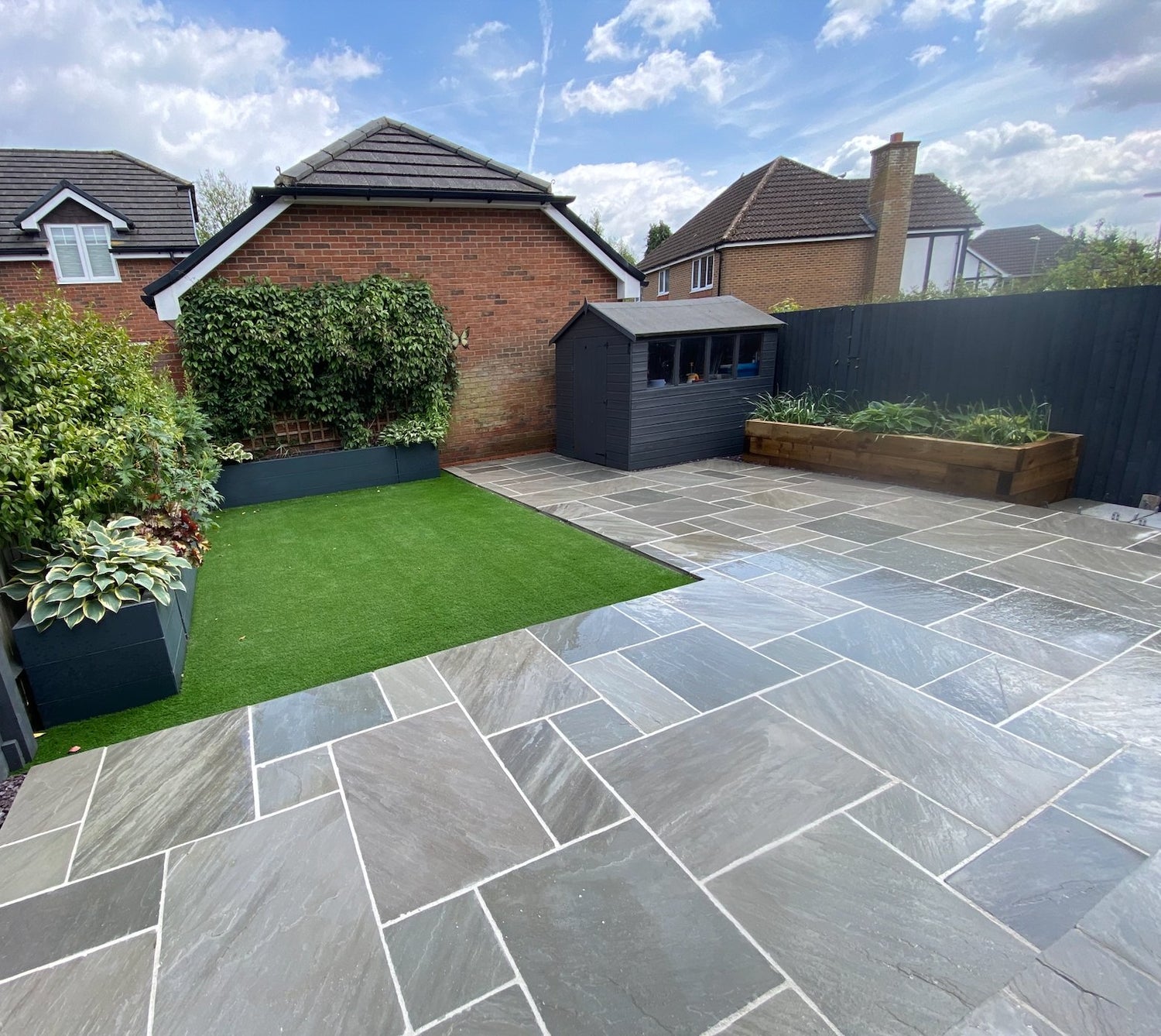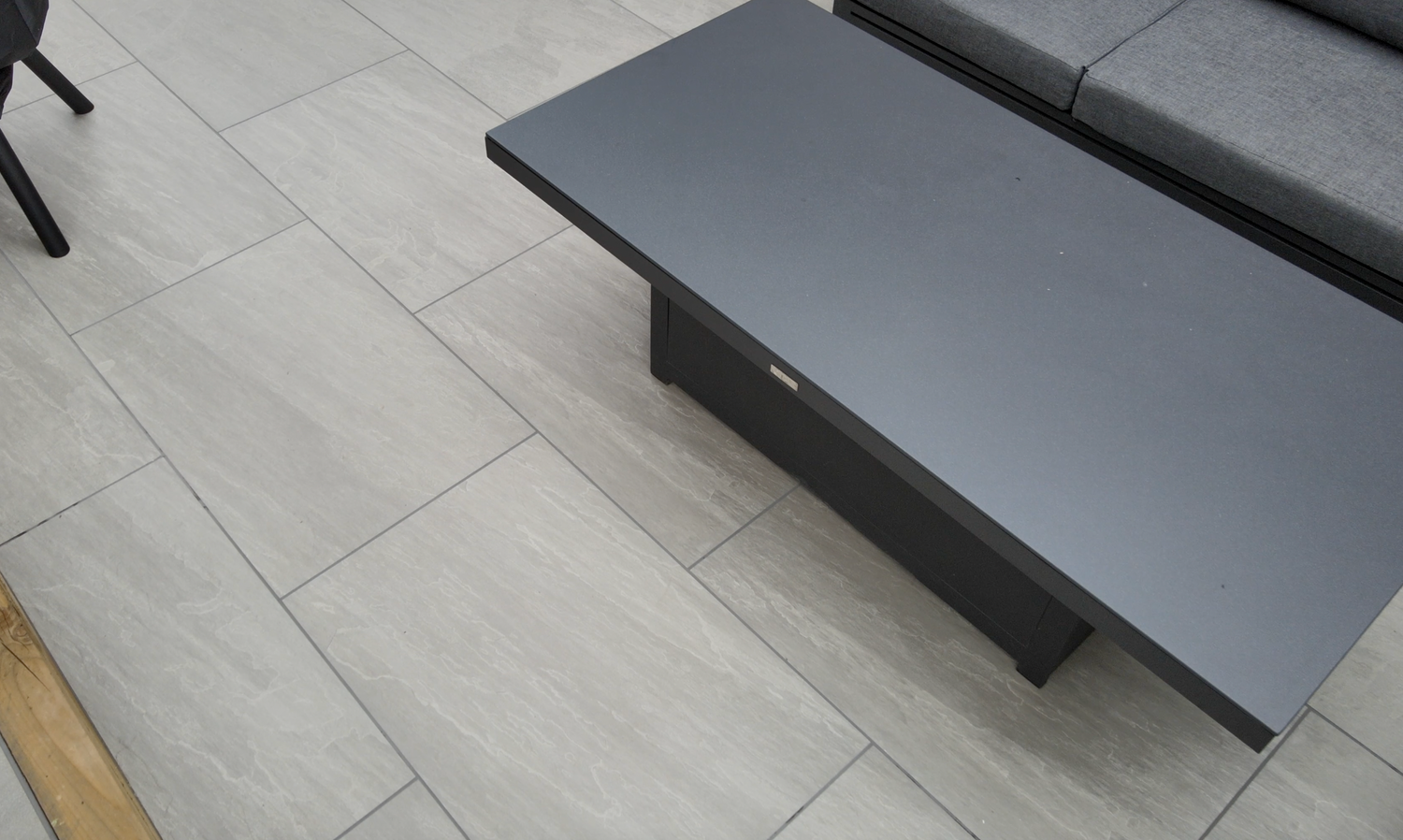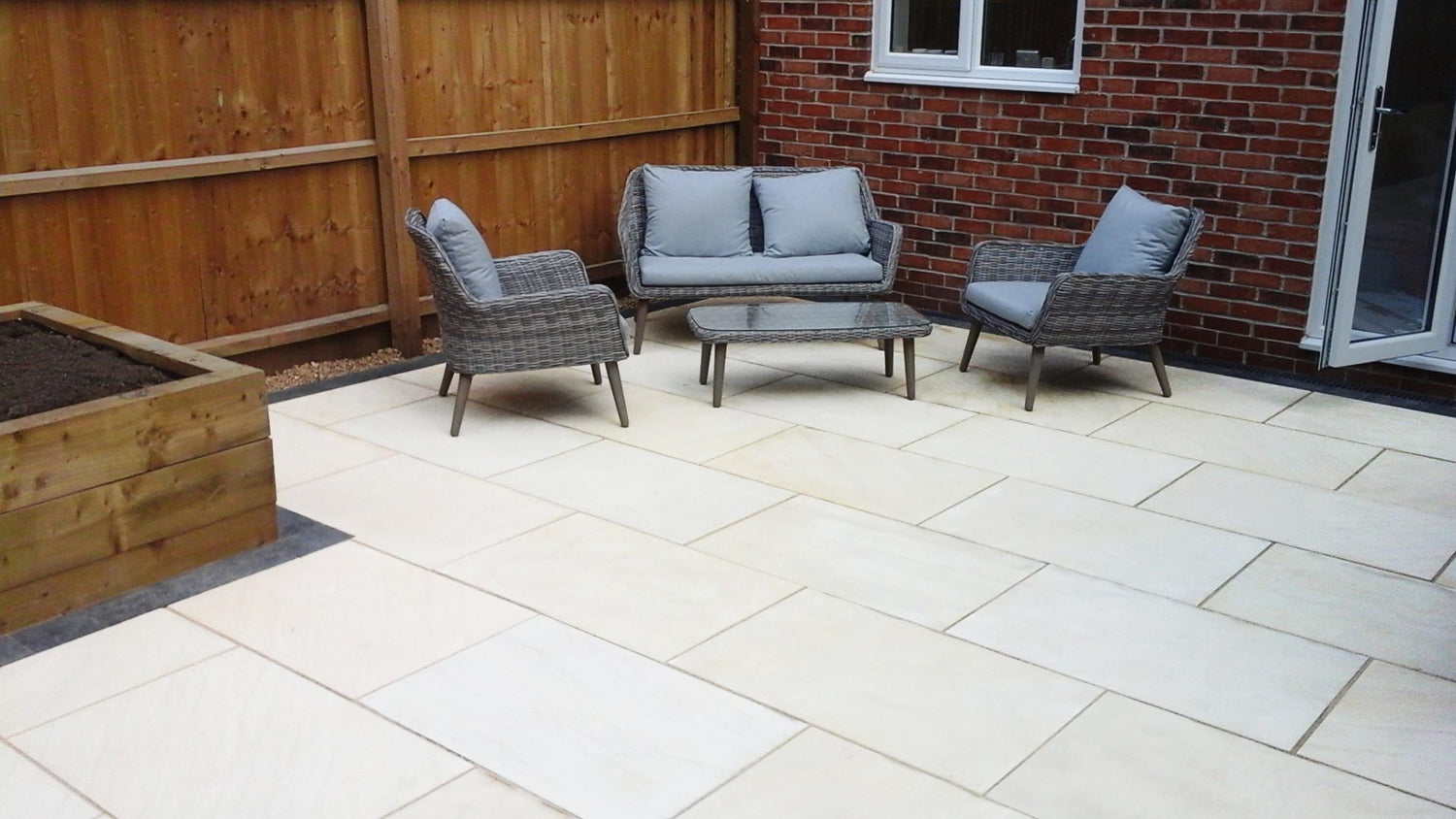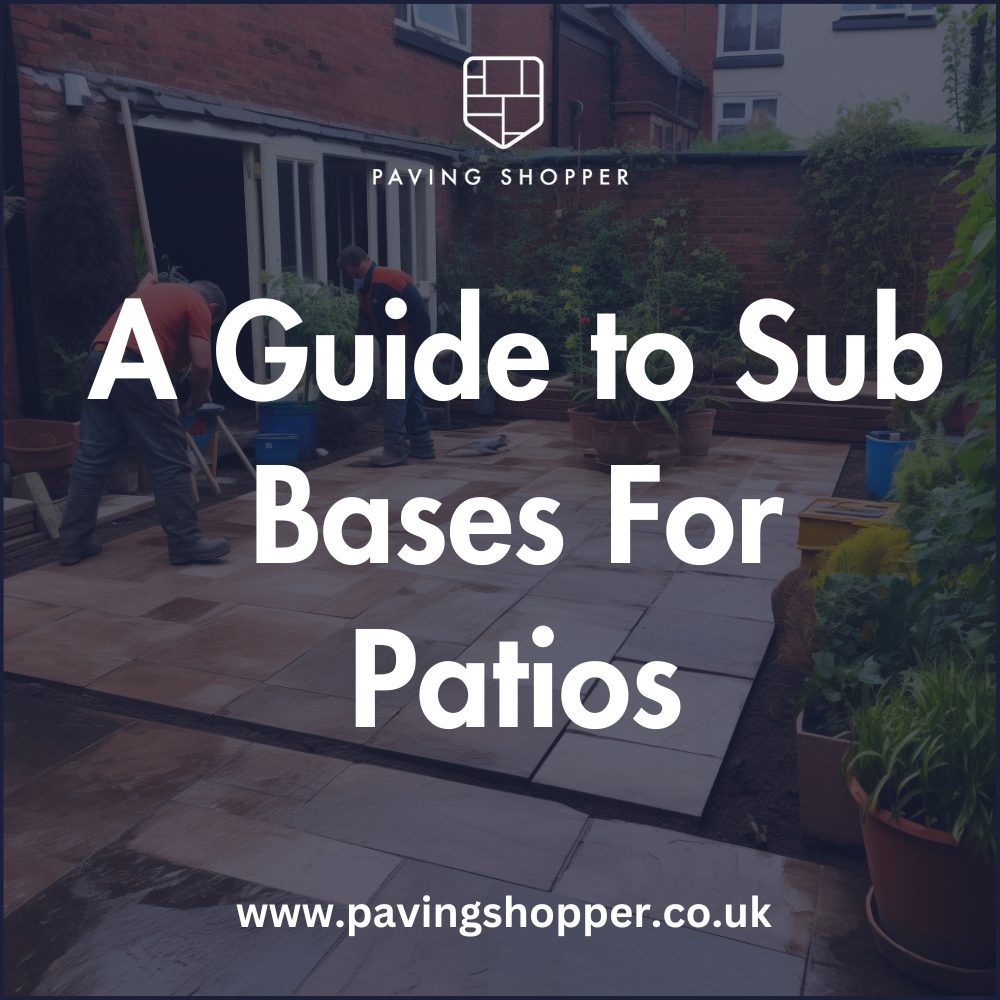
Sub Bases For Patios
Share
Building the Perfect Patio Base: A Comprehensive Guide
When planning an outdoor living space, understanding proper base construction is crucial for long-term durability and stability. This guide explores essential considerations for patio foundations, from material selection to installation techniques, helping you create a lasting outdoor space that withstands the test of time.
Do Patios Need a Base Layer?
While patios that will only experience foot traffic can sometimes function without a base layer, vehicle-bearing surfaces absolutely require one. The necessity depends largely on your chosen surface material and intended use. The base layer serves to spread loads and provide critical support - omit only with good reason after careful consideration of your specific needs.
| Surface Material | Base Required? | Minimum Base Depth | Notes |
|---|---|---|---|
| Concrete Pavers | Yes | 4-6 inches | Essential for proper interlocking |
| Stamped Concrete | Optional | 2-4 inches | Recommended for stability |
| Natural Stone | Yes | 4-6 inches | Prevents settling and cracking |
| Porcelain Pavers | Yes | 4-6 inches | Critical for preventing breakage |
| Brick Pavers | Yes | 4-6 inches | Ensures even surface |
What Thickness Should a Patio Sub Base Be?
For residential patios, a 4-6 inch base of packed gravel is typical. Driveways require at least 6 inches minimum depth, while commercial projects may exceed 9 inches base thickness. A general rule is to make base layers at least twice the maximum rock size to prevent pressure points.
| Application | Minimum Depth | Optimal Depth | Maximum Rock Size |
|---|---|---|---|
| Walkways | 4 inches | 6 inches | 1.5 inches |
| Residential Patios | 4-6 inches | 8 inches | 2 inches |
| Driveways | 6 inches | 8-10 inches | 2.5 inches |
| Commercial Areas | 8 inches | 10-12 inches | 3 inches |
Can I Use Salvaged Materials as Base?
Base layers provide critical support, so durability matters. Scrimping with low-grade fill risks problems. The issue with repurposed masonry and concrete is random sizes/shapes and gaps. The same applies for "hardcore" rubble. Over time, backfill trickles into voids, allowing settling. Jagged pieces telegraph through, causing instability.
Avoid using whole bricks. Halved is better, but crushed masonry blended with clean gravel makes the best DIY base option. Topping this stabilized layer with 4-6 inches of road base stone completes a durable patio foundation able to withstand seasonal movement. Cutting corners on base build shortchanges overall longevity. Proper base materials make sound, long-term investments.
What Base is Ideal for Sandstone Pavers?
The optimal base for sandstone pavers is crushed stone or limestone, known for its compaction and high-traffic endurance. Sand is also favoured for its drainage capabilities and ability to provide a stable yet flexible foundation for natural stone materials.
Which Sub-Base Material is Best for Paving Slabs?
MOT Type 1, comprising crushed limestone, concrete, or granite without fines, is the preferred sub-base for paving slabs due to its superior quality and stability. This material offers excellent compaction properties and provides a solid foundation for various types of paving slabs.
What Sub-Base is Needed for a Porcelain Patio?
For a porcelain patio, a Type 1 MOT or General Sub-Base (GSB) aggregate is essential for providing strength and stability. It should be raked out to create an even layer, approximately 30mm below the string line to ensure proper leveling and support for the porcelain pavers.
What Should be Placed Under Porcelain Pavers?
According to best practices for porcelain pavers, a sand base is suitable for small patios or walkways over concrete or level ground, especially in dryer climates. This involves installing porcelain pavers over a compacted sand base to provide both stability and proper drainage while allowing for minor adjustments during installation.
Related Posts
-

Why Composite Decking is a Smart Investment for Your Outdoor Space
Why Composite Decking is a Smart Investment for Your Outdoor Space When it comes to creating the perfect outdoor livi...
-

8 Garden Paving Ideas for 2024
It's time to refresh your garden's look for 2024 and an easy way to do that is with some new paving. With so many opt...
-
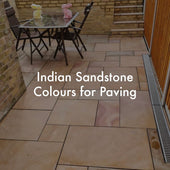
Indian Sandstone Paving Colours for A Patio - A Comprehensive Guide
Indian sandstone is one of the most popular paving materials, celebrated for its natural beauty and the variety of co...
-

Can You Pressure Wash Indian Sandstone?
Indian sandstone is a popular choice for outdoor paving due to its durability and attractive appearance. However, li...
There are currently no related posts.






